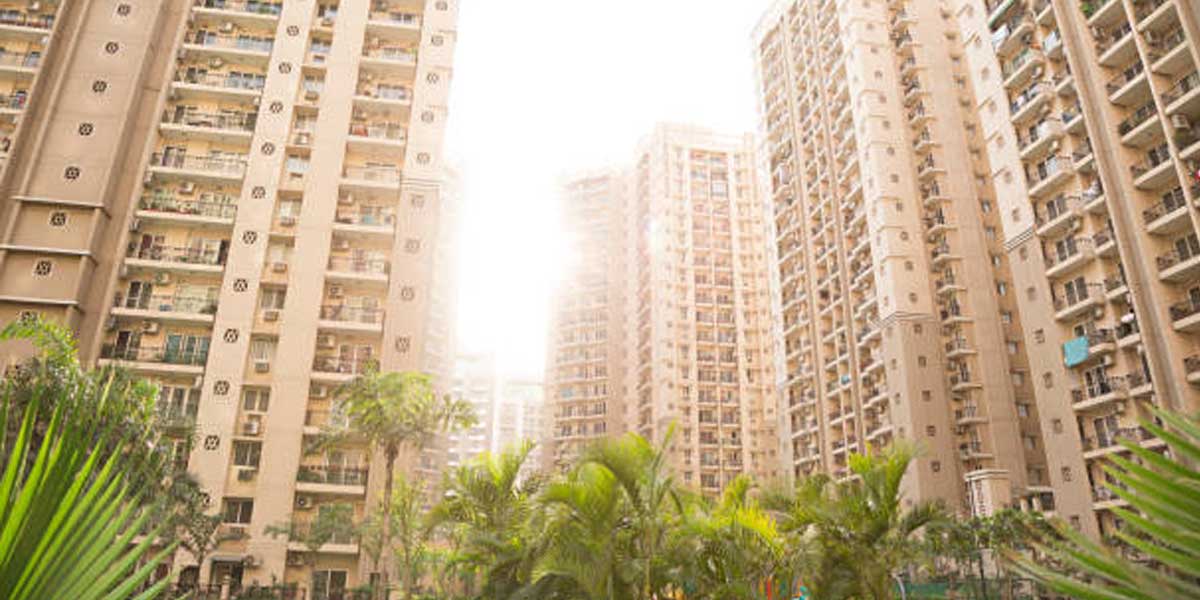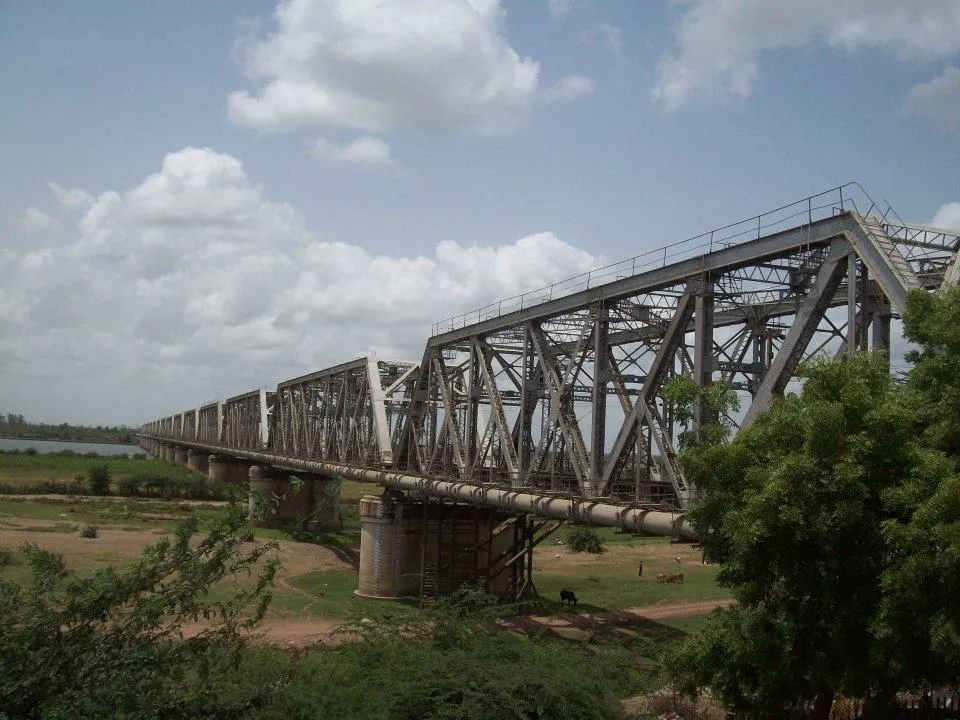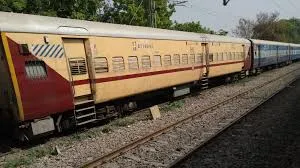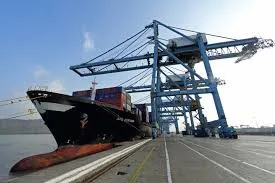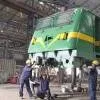As the centre promised Rs 102 lakh cr infusion in infrastructure over the next five years and states push project completion to get the economy back on rails, new localities across cities see a fresh interest from end user buyers. Good planning and research can help maximise these gains, says E Jayashree Kurup. “Infrastructure and real estate are married.” A dramatic statement by Niranjan Hiranandani, is borne out by the fact that the city has a slew of new projects capable of changing the way a city lives and moves. With the opening of the Ghatkopar-Mankhurd flyover in early August 2021, travel time to Navi Mumbai has been reduced to two minutes from the earlier 30 minutes. In Mumbai infrastructure projects include, 300 km of metro, the Mumbai Trans-Harbour (MTHL) bridge, the coastal road from Princess Street Flyover in South Mumbai to Kandivali in the northern suburbs, the picturesque Mandwa and Alibaug, the Navi Mumbai Airport, the Jawaharlal Nehru Port Trust (JNPT) SEZ, IT SEZs and the extension of the Western Railway lines towards Navi Mumbai. They will have a multiplier effect on the market as they open new segments of the city for development. A fact that southern cities like Bangalore and Hyderabad are familiar with. The two cities had one thing in common - a conscious policy by the state and city governments to periodically create new ring roads which would open up new tracts of land for development. “When it comes to IT companies, real estate costs have to be reasonable,” explains SC Jaisimha, Executive Director, Cresa India. If the annual rent per square foot was lower than the refurbishing cost of the new space, it made economic sense to not give it up even during the pandemic. Both Bangalore and Hyderabad were able to offer space at affordable rates because of the planned Outer Ring Roads that allowed developers to create more and more secondary business hubs that offered large format commercial tech parks and Special Economic Zones (SEZ) well spread out across the city. These could offer a large amount of space for residential and retail development to cater to those working here. With the city offering an enviable and aspirational lifestyle, at prices that were significantly lower than or comparable to other cities, they continued to attract young workers from all over the country. Hyderabad, on the other hand, has not been able to decentralise the IT hubs which lie mostly on the Western corridor. Aju Thomas, President Trinity Partners and National Director, Ciril, believes that Hyderabad attracted investment because it put a plug on prices at Rs 4,000-5,000 per sq ft for residential property. This was only possible as there was ample land for developers to build on. The Second Ring Road will again check prices in the city, he believes. However, infrastructure only works if executed with a mobility end in mind. In Hyderabad, Thomas says, the metro has not yet had the impact as it did not connect the difficult to access Secunderabad to the in-demand Hi-Tech City and Gachibowli. Currently the 65-70 km have not been designed to enhance commuter travel and will take another 200 km of planned connectivity to commercial and industrial hubs to make significant dents on prices, Thomas believes. While residential values in the IT hub rose on the back of low vacancy, those across town have also touched similar pricing. Without IT facilities in the vicinity, will this prove a dampener in the city? Only time will tell. Along with the infrastructure, there must be local policies that are conducive to incentivise buying. In Hyderabad, the stamp duty and registration hikes have been followed with a rise in property tax as well. NCR cities like Noida too have announced stamp duty and hikes in registration charges. Circle rates and property tax have also been hiked. “This cannot help any city’s purchase profile,” says Thomas. In Pune, the demand has shifted closer to the Mumbai-Pune Expressway where there is an endless supply of land for development which would keep prices in check. Today, it is the Baner-Aundh belt that has witnessed increasing demand during the pandemic. Of course the Maharashtra government’s discounts on stamp duty and development premiums also helped lower the prices further and bring back the fence sitters. A new airport has been announced in Saswad in Purandar district. However, most sales here are investor driven as the city has seen an earlier announcement of this airport in the Taloja-Chakan area, which did not materialise. In Navi Mumbai, at the other end of the Mumbai-Pune Expressway, the Eastern Freeway gives express connectivity and reduced travel time to the city by almost half. Along with other infrastructure projects which are rapidly underway, these have pushed the city’s growth in a host of localities which offered cost-effective solutions to outpriced Mumbai buyers. Besides infrastructure, completed housing units, which had been languishing because of weak demand, suddenly received a boost during the pandemic when everyone was locked in. Explains Rohan Khatau, Managing Director of Rivali Park in Borivali in Mumbai, “All things remaining the same, completed projects have a 15-20% higher demand and the skew towards completed projects is growing. It also translated into a higher price when units are in the ready for possession stage. Builders with track records of healthy practices and timely delivery, add to the transparency that RERA registrations have brought. He also noted an increased demand among buyers when the metro project neared completion. The metro station is right outside his project. Unlike in the NCR where the metro has already demonstrated the difference it can make to living and working, in Mumbai, though it enhances buyer interest while the completion of the metro does not result in price hikes yet. According to one study, proximity to the metro in the NCR resulted in enhanced occupancy and better rental values as soon as the route was opened. About six months from completion, there was increased demand for sale of these properties. Capital values rose six months to a year after the metro started functioning. Price appreciation of 10-25% has been witnessed along metro corridors. Today in Navi Mumbai and many other places in Mumbai, the metro work has pushed buyers to consider areas that were earlier not in demand. Combined with the proposed extensions and modernisation of the Western Railway line towards Navi Mumbai, the effect has been more dramatic. Areas of Raigarh such as Dronagiri have suddenly seen buyer interest.In the North in places like Gurgaon, where plush office spaces commanded Rs 130-140 per sq ft before the pandemic, it made economic sense for IT companies to let go of a lot of space and hold on to only the essentials. In the absence of any large new infrastructure projects, even the residential sector has not seen the bounce that other IT cities have reported. In eastern ends of the NCR though, the Delhi-Meerut Expressway has opened up a new set of places for development, starting with Ghaziabad and going all the way up to Meerut. With values a third of that in Noida and Ghaziabad, this has offered an opportunity for the outpriced or informal market buyers to find homes to buy. Infrastructure is always a driver for real estate. Finance Minister Nirmala Sitharaman has already announced the government’s intention to spend Rs 102 lakh crore on infra projects in the next five years. With renewed user interest, this is an opportunity for developers to study new markets and take advantage of locations that offer promise. E Jayashree Kurup is Director, Wordmeister Editorial Services, Real Estate & City. She can be reached at jkurup@asappmedia.com
